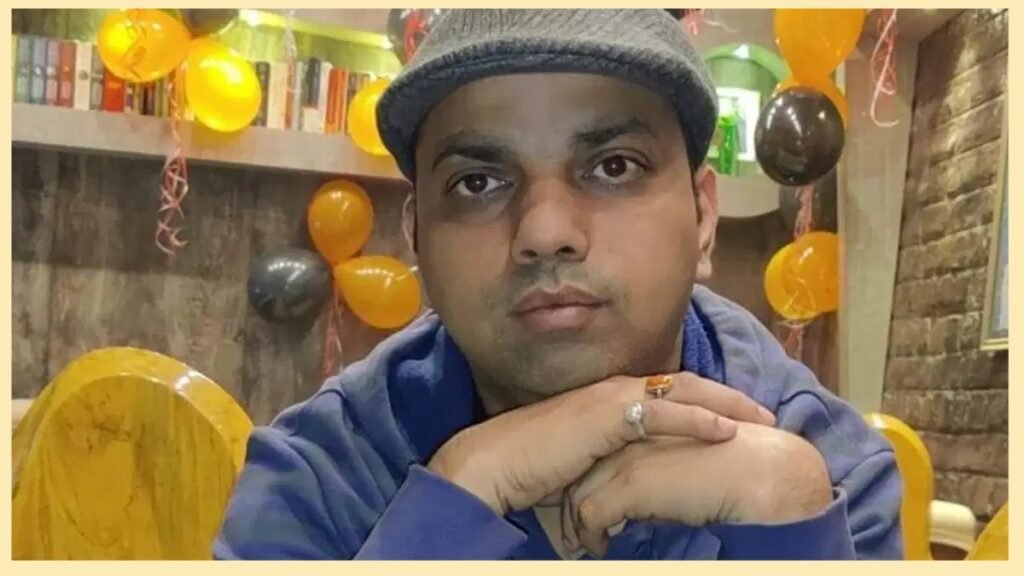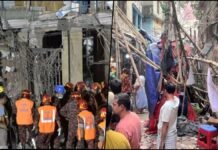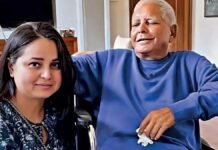
Unnao: In a tragic turn of events, senior IAS officer Adityavardhan Singh drowned in the Ganges River at Nanamau Ghat in Bilhaur, Unnao, Uttar Pradesh. Despite extensive search efforts by the National Disaster Response Force (NDRF) and local water police, Singh remains missing.
The Incident
On August 31, Adityavardhan Singh, who was serving as the Deputy Director of the Health Department in Varanasi, went to the Ganges for a holy dip with his friends. While bathing, Singh asked his friends to take a photo of him. Unfortunately, he slipped and began to drown. His friends immediately sought help from local divers, who demanded ₹10,000 upfront. After making an online payment, the divers entered the water but were unable to locate Singh.
Who is Adityavardhan Singh?
Adityavardhan Singh hailed from Kabirpur village in the Behta Mujawar police station area of Unnao. His family resides in Indiranagar, Lucknow. Singh’s father, Rameshchandra, was also an officer in the Irrigation Department and had built their family home in Lucknow. Singh was known for his dedication to his work and was well-respected in his community.
Family Background
Singh’s wife, Shailaja Mishra, is a judge in Akola, Maharashtra. His cousin, who is also an IAS officer, works at the Chief Minister’s office in Bihar. Singh has a sister who lives in Australia, where his parents also reside. Upon hearing the news, his wife rushed to the scene, and his parents had flown in from Australia to Kanpur.
Ongoing Search Efforts

The search for Adityavardhan Singh has been ongoing for two days, with teams from the NDRF and local water police scouring the river. Despite their efforts, there has been no sign of Singh so far. The incident has raised questions about the response time and the initial demand for money by the divers, which may have delayed the rescue efforts.
This tragic incident has left the community in shock and highlights the urgent need for better emergency response protocols.







































